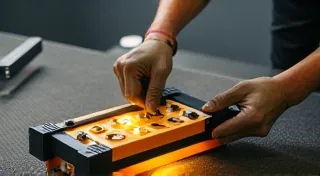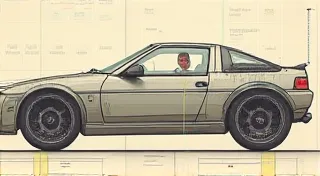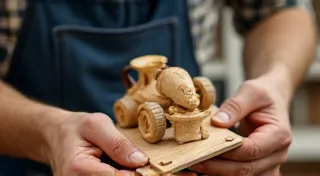Troubleshooting Common Soap Box Car Problems
Building a soap box car is a fantastic project, full of excitement and learning. But sometimes, things don't go exactly as planned. This article addresses common issues encountered during the build and racing process, offering practical solutions to get you back on track for a smoother, faster, and more enjoyable experience. Building a safe and reliable soap box car is paramount, and that starts with understanding potential problems and how to solve them. For essential guidance, be sure to review safety tips for soap box car building before you begin your project.
Steering Issues: A Wobbly Ride
Perhaps the most frequent complaint is difficulty steering. Your soap box car shouldn't feel like it's fighting you every time you turn the steering wheel!
- Problem: Excessive Play in the Steering Mechanism. This feels like a loose, sloppy feeling when you turn the wheel.
- Possible Causes: Loose bolts, worn-out bushings, incorrect steering geometry.
- Solutions: Tighten all steering bolts securely. If bushings are worn (typically rubber or plastic), replace them. Double-check your steering geometry – are the steering arms at the correct angles? A slight adjustment can make a big difference. Ensure the wheel is centered. Play in the steering can often be traced back to loose components; meticulous attention to detail is key. Consider that even subtle variations in wheel alignment can significantly impact handling – a detailed inspection of all steering components is critical.

Braking Woes: Can't Stop!
Having functional brakes is critical for safety. If your brakes aren't working effectively, it’s a major red flag. The effectiveness of your braking system is crucial, and understanding the system's components and potential issues is vital for a safe ride. Consider exploring "braking systems for soap box cars" for a more in-depth look at different options and maintenance tips. Proper brake functionality isn't just about stopping; it's about predictability and control, especially during those thrilling downhill runs.
- Problem: Brakes Not Engaging. The brake lever feels normal, but the car doesn't slow down as much as it should.
- Possible Causes: Brake pads worn down, brake cable stretched, incorrect brake adjustment.
- Solutions: Inspect the brake pads for wear. Replace them if they are thin. Check the brake cable for stretching; a new cable might be necessary. Adjust the brake mechanism according to your car’s specific design – your plans should outline this. Regular inspection and adjustment of your brakes are essential for a safe and controlled stop. Don't underestimate the importance of proper cable lubrication, as friction can significantly reduce braking efficiency.
- Problem: Brakes Dragging. This creates extra friction and slows the car down unnecessarily even when not engaged.
- Possible Causes: Improperly adjusted brakes, cable binding.
- Solutions: Adjust the brake mechanism so that the brake pads are not constantly rubbing against the wheels. Lubricate the cable and ensure it moves freely.
Rolling Resistance: Slow and Sticky
A slow soap box car can be discouraging. Excessive rolling resistance means the car is struggling to move forward. Efficient design and proper component selection can significantly reduce rolling resistance. The type of wheel you choose makes a huge difference; a detailed analysis can be found in "the ultimate guide to soap box car wheel selection." Selecting the right wheel compound and tire pressure can dramatically impact how easily your car glides down the track. Consider experimenting with different wheel setups to find the optimal balance between speed and control.
- Problem: Car Feels Heavy and Slow. It requires a lot of effort to push, and speeds are lower than expected.
- Possible Causes: High friction in wheel bearings, incorrect tire pressure, excessive weight.
- Solutions: Ensure wheel bearings are clean and properly lubricated. Check tire pressure – slightly underinflated tires can increase rolling resistance. Carefully consider the weight distribution of your car; minimizing unnecessary weight is key. Remember that even seemingly small adjustments to the car's balance can have a noticeable impact on its performance.
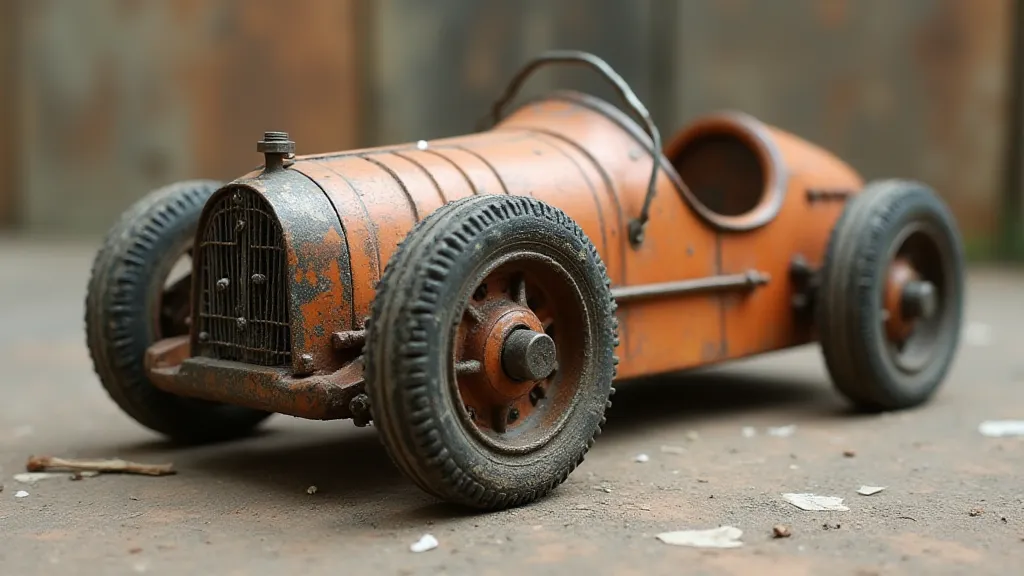
Structural Integrity: Shaking and Rattling
A structurally unsound car is not only unsafe but can also negatively impact performance. A robust frame is the foundation of a successful soap box car. The best designs distribute weight evenly and minimize flexing. Ensuring stability involves more than just tight bolts; it's about the entire construction. A well-designed frame absorbs bumps and vibrations, providing a smoother ride and reducing the risk of component failure. If you're looking for extra peace of mind, consult with experienced builders for insights into frame reinforcement techniques.
- Problem: Rattling and Vibrations. The car feels unstable and noisy during the run.
- Possible Causes: Loose screws and bolts, poorly joined components, frame flexing.
- Solutions: Thoroughly check all fasteners and tighten them securely. Use wood glue and screws for strong, permanent joints. Reinforce the frame with additional bracing if necessary. Consider using vibration-dampening materials to further reduce noise and improve ride quality.
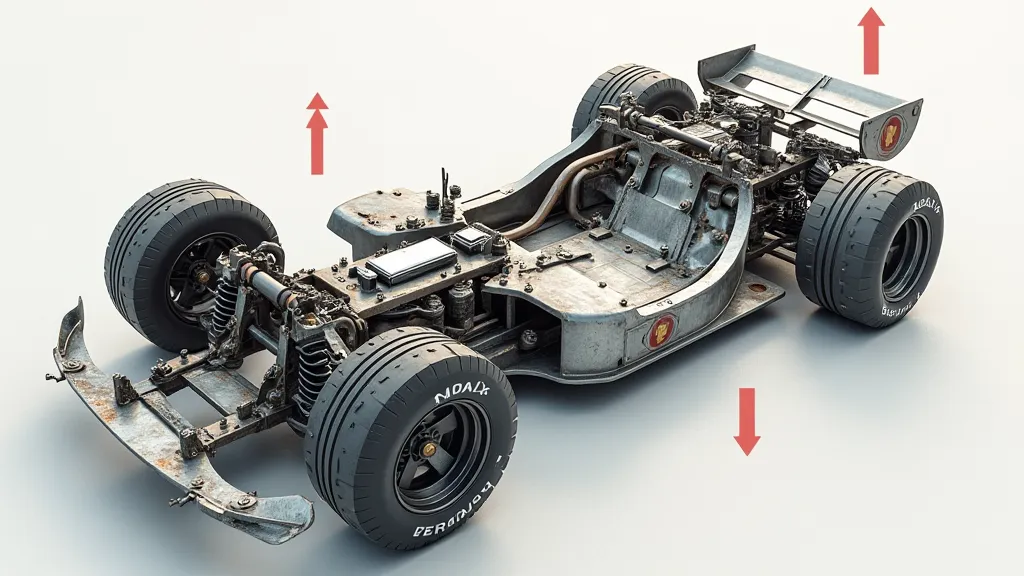
Axle Issues: Wobbles and Binding
Axles are critical for smooth rolling. Problems here will make for a bumpy ride. Straight, true axles are essential for consistent performance and a comfortable ride. If you're experiencing wobble or binding, a careful inspection of your axle and its mounting points is necessary. Poorly aligned axles can create significant friction and compromise the car's handling. Regularly inspect your axles for signs of wear or damage, and replace them as needed.
- Problem: Wheel Wobble. This is often accompanied by noise.
- Possible Causes: Bent axle, loose axle in the frame, incorrect axle diameter.
- Solutions: Straighten or replace the axle. Ensure the axle is firmly seated in its mounts and secured with fasteners. Verify the correct axle diameter based on your car’s design. Using a dial indicator can help to precisely measure axle straightness and ensure proper alignment.
Troubleshooting a soap box car can be challenging, but it’s also a fantastic learning experience. Remember to systematically investigate the problem, follow your plans carefully, and don't be afraid to ask for help from experienced builders. Beyond the mechanical aspects, proper transport and handling are also vital for preserving the integrity of your creation. Check out "how to transport your soap box car safely" for tips on secure loading and minimizing damage. Careful planning and attention to detail are essential not only during the build process but also when transporting your finished project to the race track. Protecting your investment is just as important as building it.
Further Considerations:
- Weight Distribution: A well-balanced car will corner better and be easier to control. Experiment with different component placements to achieve optimal weight distribution. Shifting even a small amount of weight can change how the car behaves, so precise measurements are essential.
- Aerodynamics: While soap box cars aren't typically designed with extensive aerodynamic features, even small adjustments to the body shape can influence speed and stability. Streamlining the body can reduce drag and improve overall performance.
- Component Quality: Investing in high-quality components, especially for critical areas like brakes and steering, will improve reliability and safety. Cheap components may fail prematurely, putting you and others at risk.
- Regular Maintenance: Regularly inspect your soap box car for wear and tear, and address any issues promptly. Lubricate moving parts, tighten fasteners, and replace worn components as needed. Preventative maintenance is much easier and cheaper than dealing with major repairs down the road.
- Understanding Track Conditions: Different track surfaces (asphalt, concrete, gravel) significantly impact performance. Adjust tire pressure and lubrication accordingly for optimal grip and minimal rolling resistance.
Common Pitfalls to Avoid:
- Ignoring the Instructions: While customization is encouraged, a solid foundation in the original plans is crucial.
- Overlooking Small Details: A loose bolt or a misaligned wheel can significantly impact performance and safety.
- Rushing the Build: Patience and careful attention to detail are key to a successful outcome.
- Not Testing Properly: Conduct thorough test runs to identify and address any issues before the actual race.
- Neglecting Safety Equipment: Always wear appropriate safety gear during testing and racing.
Advanced Techniques for Optimizing Performance:
- Wheel Alignment: Fine-tuning wheel alignment can dramatically improve handling and reduce tire wear.
- Tire Compound Selection: Different tire compounds offer varying levels of grip and rolling resistance.
- Weight Distribution Optimization: Precisely balancing the car’s weight can maximize speed and stability.
- Aerodynamic Modifications: Experimenting with aerodynamic features can reduce drag and improve overall performance.
Building a soap box car is more than just assembling parts; it's a journey of learning, creativity, and problem-solving. By understanding the common issues and applying the solutions outlined in this guide, you're well on your way to creating a safe, reliable, and thrilling ride.

